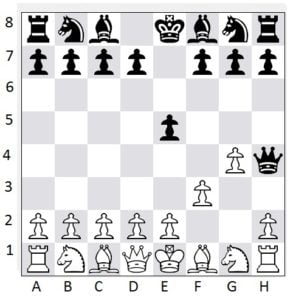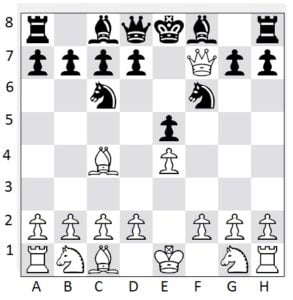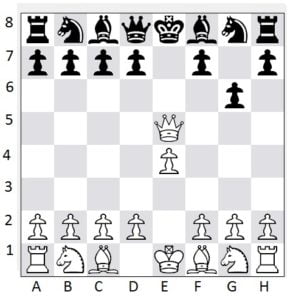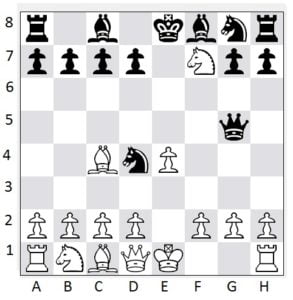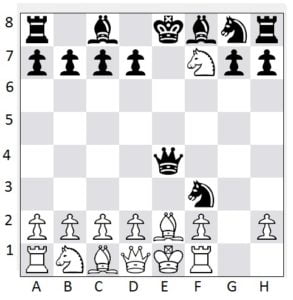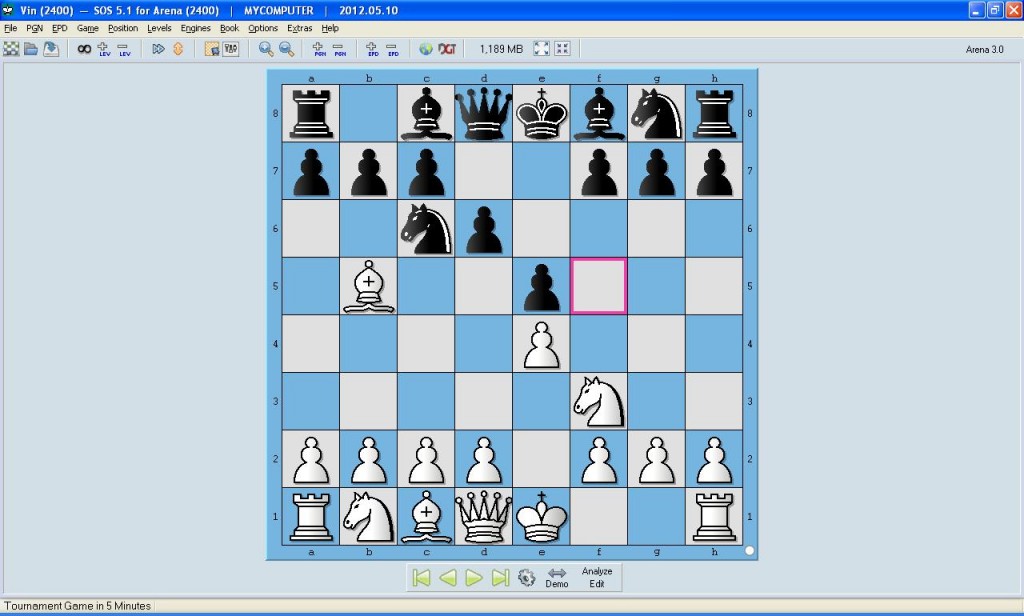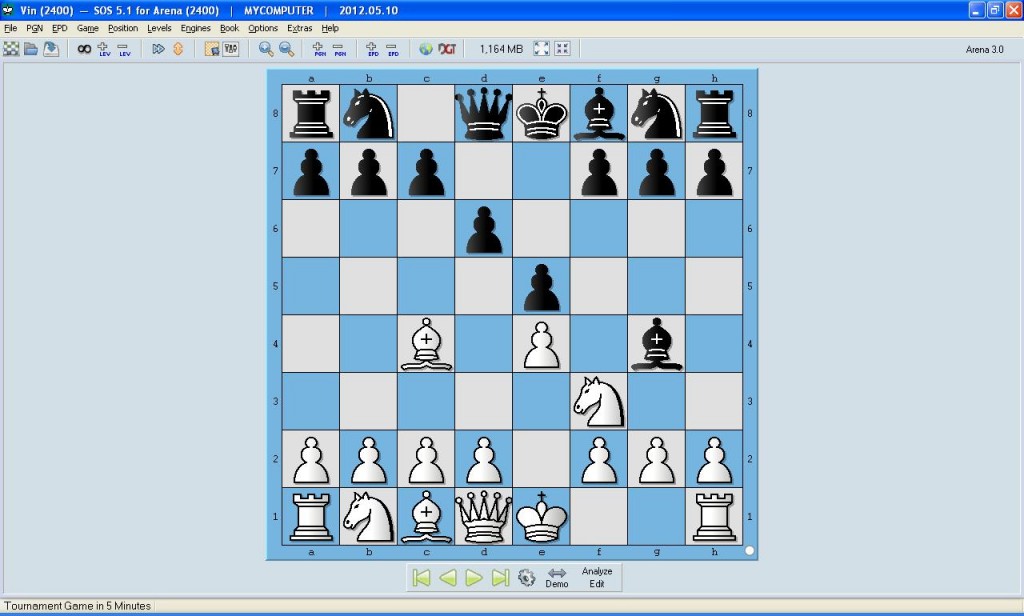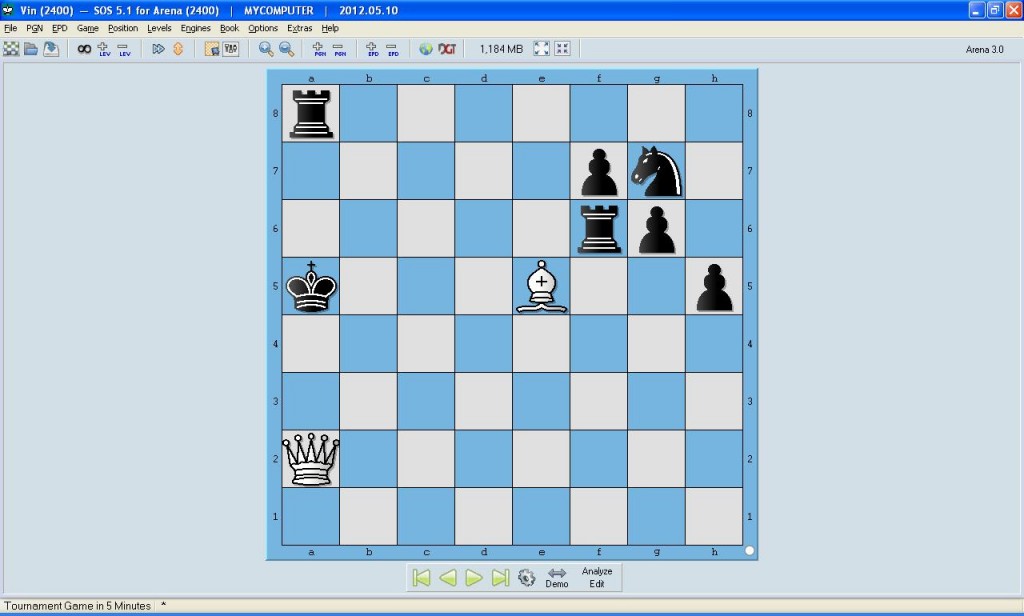I was originally going to write this article telling you that when you play chess with someone, you should behave as if you were playing chess with yourself. Then I realized this might not work out so well, because when we play chess with ourselves (where we’re playing both sides of the board), we sometimes go in knowing which side of the board we want to win as, and so we may make moves for the other side not as strong as they could be.
So, let’s scrap that idea entirely. INSTEAD, let’s say that when you play chess with someone, assume they are better than you. This will make you think long and hard about making a move “because if they do this, I’ve got them!” and realize “Oh, but if they do this instead, I’m dead!” Many people call this “hope chess”, making moves in the hopes that your opponent will make the wrong move that will allow your grand plan to come true!
Do not play hope chess! Assume your opponent is better than you, and that they will therefore see at a glance exactly what your plan is!
So, if they always know what your plan is and how to stop it, how can you ever really make a plan?
Keep searching the board until you can come up with a plan that forces your opponent to make certain moves! If you’re coming at them in such a way that they literally HAVE to make the moves you want, then they’ll never get to make the moves THEY want!
So how do you do this? Certainly it can’t be done on every single move, but every once in a while you’ll be able to find the right combination. After all, you’re ASSUMING your opponent is better than you… that doesn’t mean they actually ARE! Everyone makes mistakes in the game of chess. Look for those errors and figure out ways to take advantage.
But don’t make a move because you expect your opponent to make a mistake or think they might (or HOPE they might).
But what about traps?
A trap is a trap because your opponent doesn’t see what they’re walking into. Piece sacrifices (which we’ll get into soon enough) are a form of trap that in some cases are too sweet to miss up… unless your opponent knows that trap too! Which again, you should assume they do.
Have a topic you’d like me to cover or a question you’d like to ask? send me an e-mail at [email protected]

